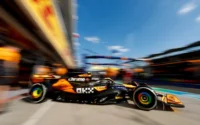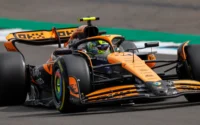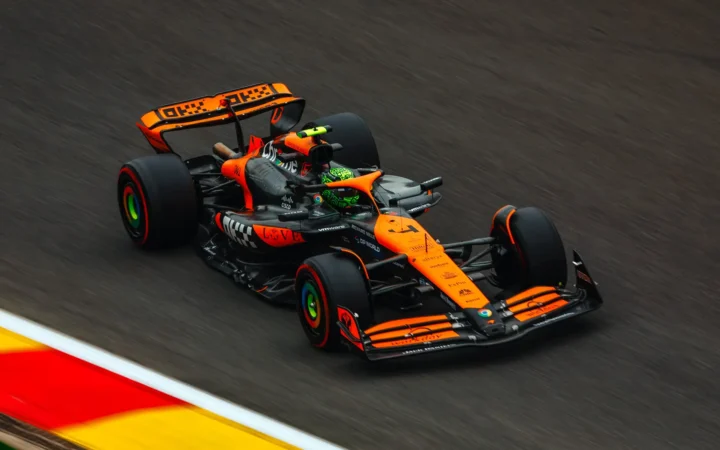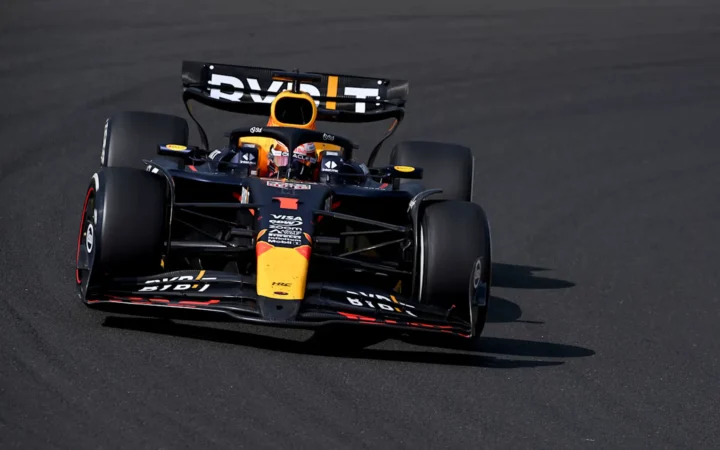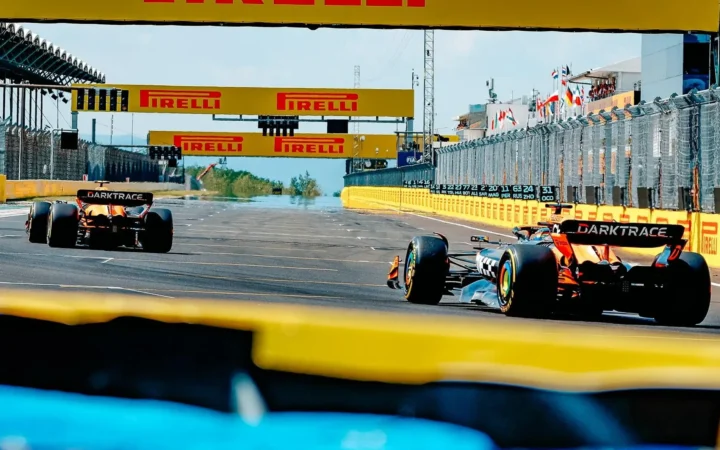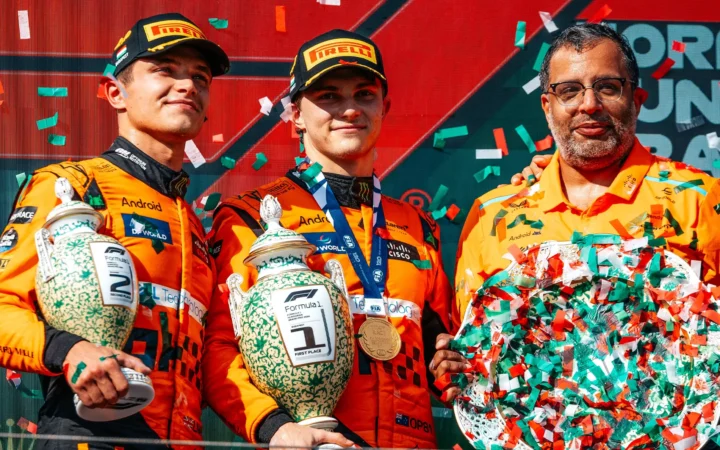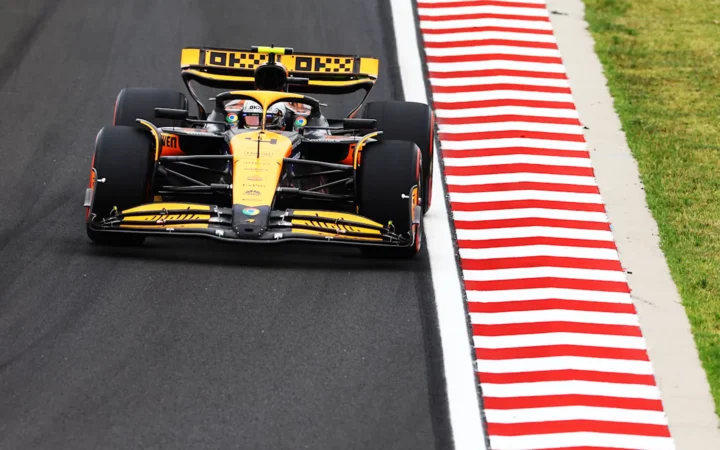Formula 1 has been incorporating active aerodynamics into its cars for some time, notably with the Drag Reduction System (DRS) introduced in 2011, which allows for adjustable rear wings to aid in overtaking. The upcoming 2026 regulations are expected to increase the use of active aerodynamics further.
The FIA, along with Formula 1’s management, is in the process of finalising the technical regulations that will come into effect from 2026. These changes will coincide with the introduction of simpler hybrid engines.
READ MORE: Daniel Ricciardo Shares His Ideal End to F1 Career
While some initial concepts, like a reverse-DRS system intended to slow the leading car, have been dropped, Nikolas Tombazis, the FIA’s head of single-seaters, has recently discussed other potential developments “there will definitely be a change of incidence of the wing on the straight to achieve the low drag” and “there will be something equivalent to the current DRS“, that is possibly also used when cars are in corners.
In an exclusive conversation with Autosport, Adrian Newey, the Chief Technical Officer at Red Bull Racing, shared his thoughts on the increasing role of active aerodynamics in Formula 1. “It doesn’t concern me.
“The more active aero is really to try to make up for a power unit that’s lacking in energy.
“The active aero becomes essential to make up for the power unit that’s lacking in energy. But I don’t think that’s a bad thing at all.
“Trying to drive for greater aerodynamic efficiency of the vehicle is clearly a good goal.
“And why should active aero not be part of that? After all, it’s become a part of it in road cars.
“There’s a huge amount of cars you see with spoilers lopping up and down on the boot lid and so forth.
“So, why not have that in racing? Active aero only got a bad name when wings were falling off back in the ’60s. We’re well beyond that now.”
Newey also stated that “F1 typically has been a good way to popularise things on road cars”.
“If you look way back, things like disc brakes [that has been the case],” he added.
“But then [also] slightly more recently carbonfibre sportscars – fake or real carbonfibre trim etc.
“All those things that a buyer in the high street wants an association and manufacturers of course provide that association.
“So, active aero has to be the future of road cars, so I think it’s appropriate that Formula 1 should be showing, displaying the power of it.”
Source: Autosport
Seen in:


